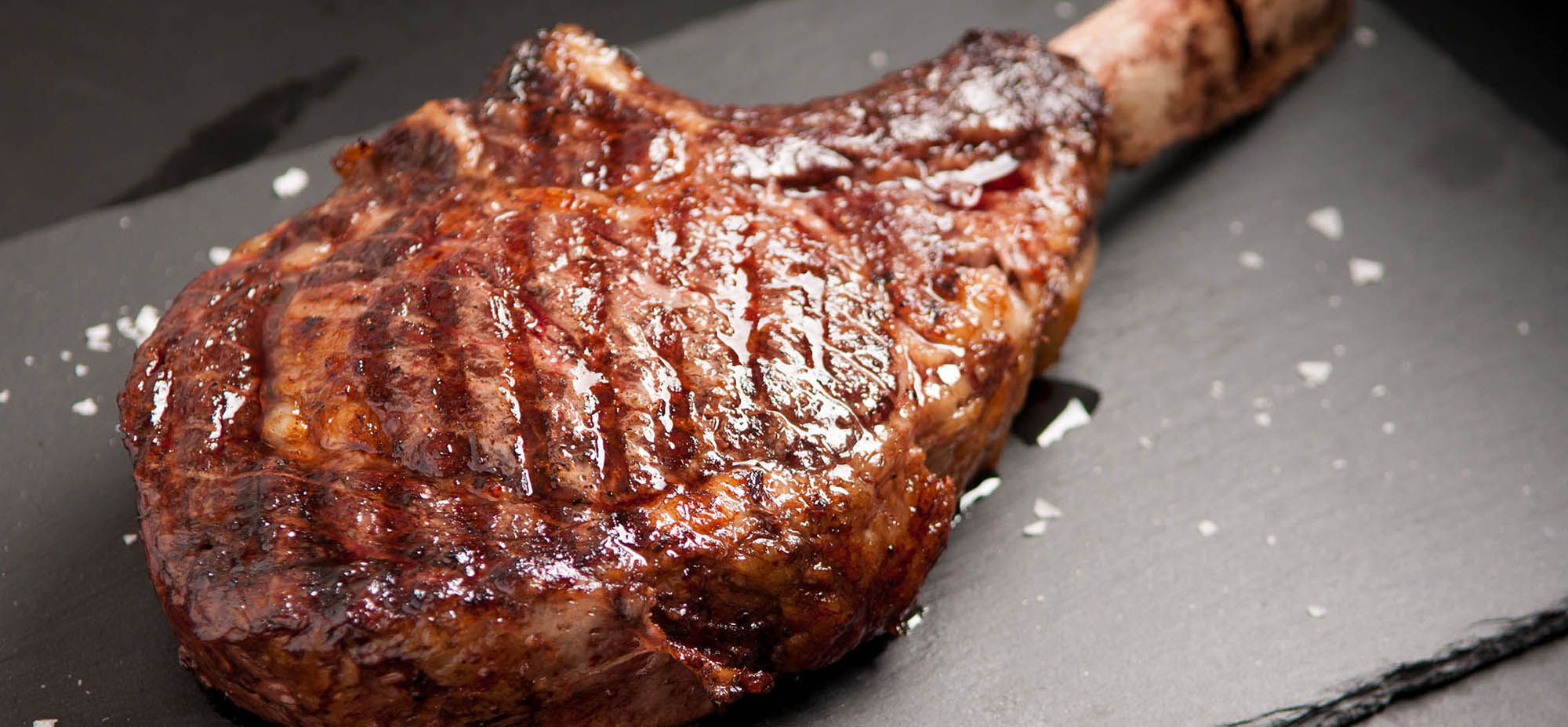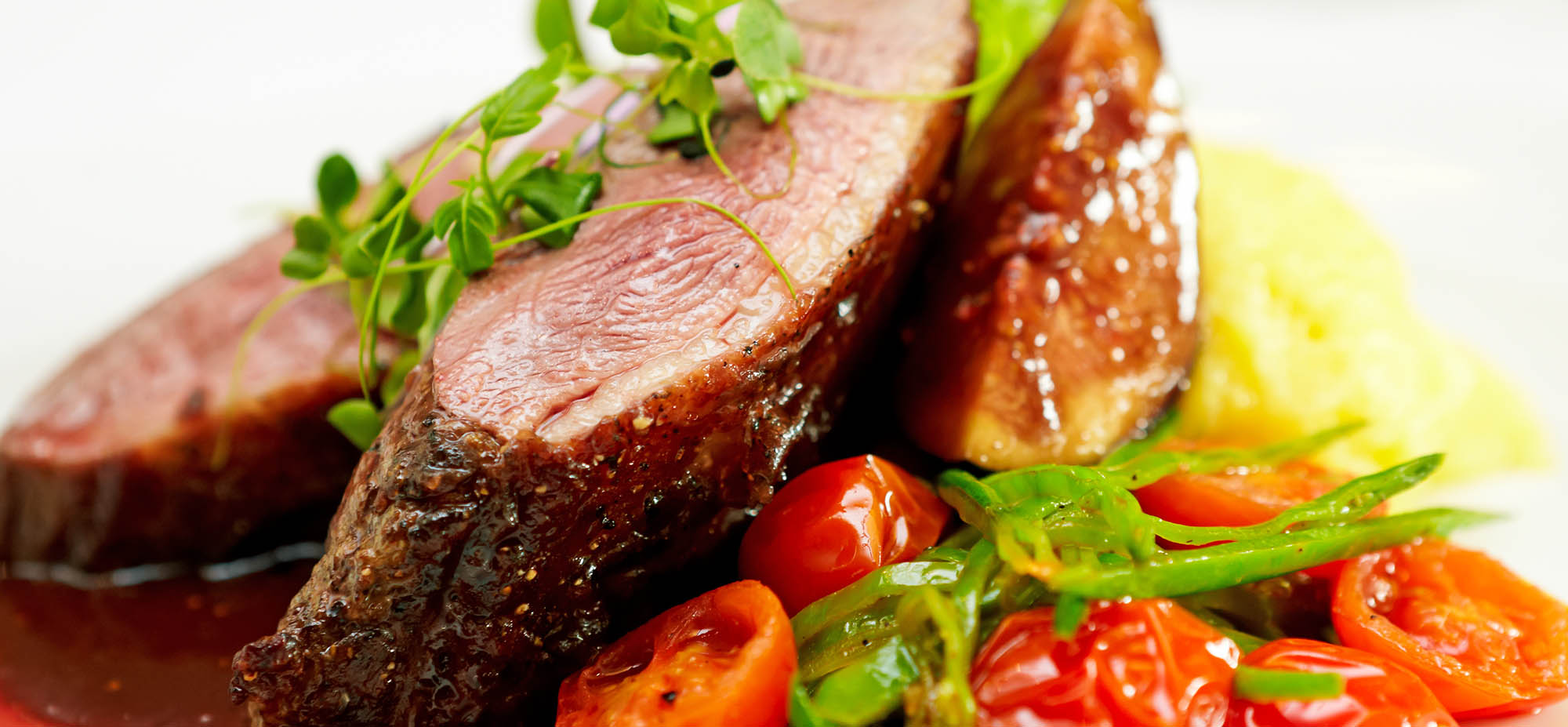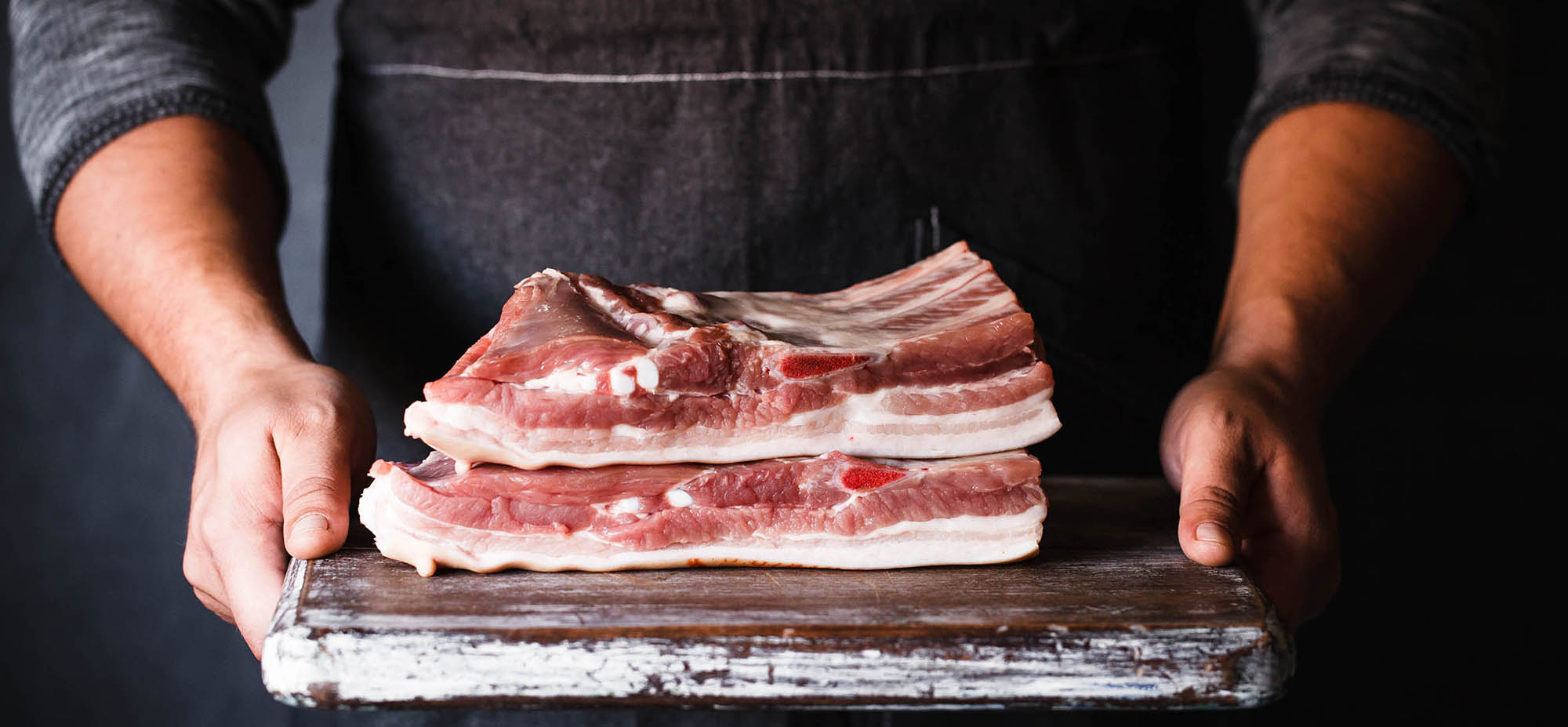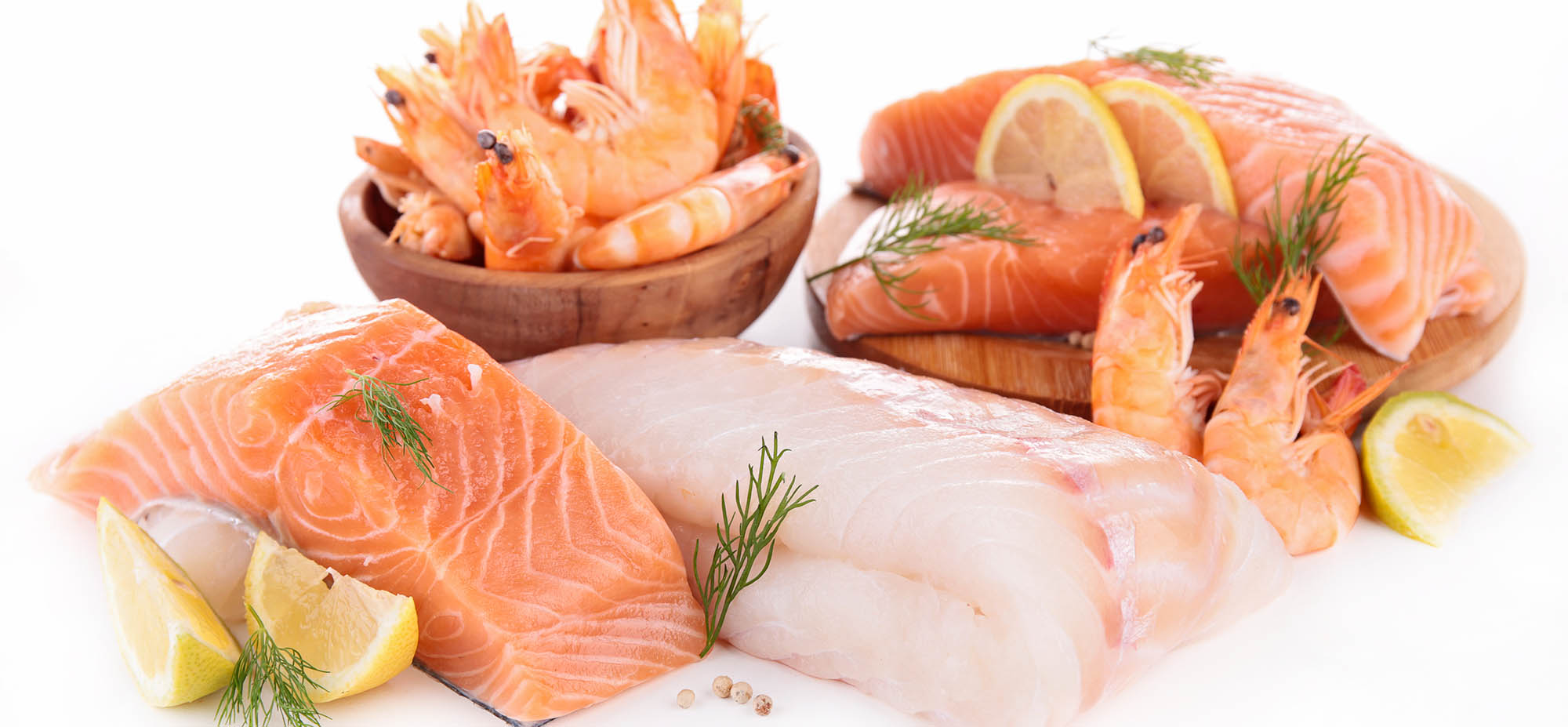Want to know how to plan your menu? Want to know what is going to affect the costings of your menu? Our experts have placed everything you need to know about the changing industry in one place. Check it out.
Beef:

The national cattle herd is set to drop to its lowest level in more than two decades in 2020, following one of the most challenging years on record. In 2019 Australian producers experienced the warmest and driest year ever which was compounded by floods and bushfires at either end of the year. However, despite all these pressures, global and domestic demand for beef has remained robust and helped support cattle prices during these extreme conditions.
From a cattle supply perspective, numbers over the next two years are expected to tighten considerably; to what extent will be determined by domestic and global influences, with rainfall and demand from China the stand-out variables. Adult cattle slaughter in 2020 is currently forecast to drop 15% to 7.2 million head. Rainfall throughout January has provided an element of renewed confidence for producers. However, the impact of the extreme conditions last year is expected to maintain elevated slaughter in the first quarter, with an expected tightening of supply as the year progresses.
Australian cattle prices are expected to find support in 2020 in the event of a major improvement in seasonal conditions as restockers, feeders and processors compete over a reduced pool of livestock. Young cattle and breeding stock prices will be influenced significantly by the extent of the improvement in pasture availability. With cattle supplies anticipated to tighten over the next few years, continued support for finished cattle prices is expected. Even without rain, finished cattle prices should remain at historically high levels.
Lamb:

The impact and severity of consecutive drought years will be felt across both sheep and lamb supply in 2020 and for several years to come. The strong prices being achieved across lamb and mutton are expected to provide plenty of incentive for producers to rebuild their flocks and, under the assumption of a return to average seasonal conditions, this will likely be achieved by retaining their core breeding stock and ewe lambs.
Global demand for quality sheep meat has outstripped supply in recent years, pushing prices in many markets to new highs. Australian lamb exports are forecast to break records again next year on the back of this robust international demand combined with a soft Australian dollar.
Pork:

The pork market is in a period of great uncertainty due mainly to the downturn of Asian restaurants and butchers in the domestic market. The coronavirus has all but stopped the Asian Butcher/Restaurant and Asian Manufacturing Trade. As we saw, Chinese New Year was extended out by nearly 2 additional weeks, although productivity remained at an all time low.
Pork suppliers have recorded massive reductions in productivity due to the coronavirus. We expect that pork pricing will continue to remain unstable in the short term until the virus is contained or eradicated and the Asian markets returning to normal trade.
Seafood:
Our seafood specialists have been working closely with our suppliers at Mooloolah River Fisheries to ensure that Superior Food Services have the very best quality and range of products to meet your needs leading into Easter.

Prawns:
Gearing up for the Easter trade, we will have good supply of both cooked and raw prawns, with the Far North Queensland Banana prawn season due to kick off in early April. In addition, good catches of smaller sized Eastern Ocean King Prawns have caused the prices to soften slightly as the larger sizes start to arrive.
Fish:
For the past several weeks, Queensland has been partially wet, and despite the threat of tropical cyclones and flooding, we have have good availability of most reef species such as Goldband, Red Emperor, Saddle Tail and Cod, with good catches of Spanish Mackerel starting to arrive. In addition, supply of farmed Barramundi is increasing as allocations are being lifted.
Scallops:
Processing is underway of new season Harvey Bay Scallops with a good average size producing a majority of large and medium ½ shell. Mooloolah River Fisheries is producing their own branded Mooloolaba ½ Shell Scallop this season and have good stocks to supply.
Oysters:
With the new season starting in April, expect supply and meat quality to slowly increase.